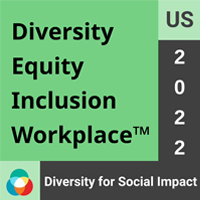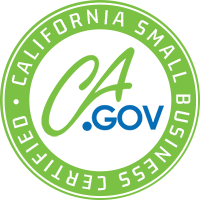Blog


How to Develop a Content Plan for Your Business part 1
The phrase, “Content is king,” is something you’ve likely heard used frequently over the past 10+ years in relation to marketing. And for a good reason. In today’s world, storytelling is more important than ever before. Storytelling helps people emotionally connect to and understand a brand, and has been a major marketing vehicle for decades.
In the pre-internet days, storytelling used to take place in TV or radio ads, or maybe in a magazine or newspaper article. But today, storytelling takes place, well, everywhere. On social media, on YouTube, on blogs, as well as in more traditional ads and articles. With so many channels out there, it might be difficult to know where to start when it comes to developing content.
To help you out, we’ve developed this 2-part post with some strategies and tactics for creating—and executing—a successful content plan.
Understand Your Customer
The first step in any marketing endeavor is always, always, ALWAYS understand your customers. This includes understanding them demographically (age, gender, geography, etc.) and understanding them in terms of their informational needs. In other words, what do they need to know to make a purchase? What kind of information are they searching for? By having a clear understanding of your customers, you can start to develop topics to touch on in your content.
Additionally, you need to know where your customers go to get the information they seek. For example, they might lean more heavily on YouTube instructional videos than, say, blog posts. Or vice-versa. Or they might be heavy users of LinkedIn, often turning there to find information and resources for projects. There’s a saying in marketing, “Fish where the fish are,” and that’s exactly what you need to do with your content.
Identify Your Own Resources
One aspect of content development that can drive what you produce is your business’s own internal resources. Perhaps you have people in your business who are already good writers. Maybe they can contribute to a blog post now and then. Maybe someone on your team went to school for video production and knows how to edit video. They could potentially contribute their skills as well.
Now, if you’re a small business, you may not have a lot of internal resources to work with. And that’s ok. Outsourcing talent for specific tasks is quite common these days, but it’s a good idea to put together a budget first before hiring. That said, be realistic. Quality content—regardless of the format—isn’t always cheap, and you often get what you pay for when hiring someone at a lower rate.
Develop Your Messaging
Messaging is the single most important part of content development. Think of it as the bones of your content that hold everything together.
There are a number of different models to follow here, but one that we like is this Messaging Hierarchy:

Your Positioning Statement succinctly says what you do and who you do it for, but it also hints at why you’re doing it. For example:
We deliver high-quality staffing solutions for mid-sized companies faced with stiff competition from larger firms.
Your Reasons to Believe explain why your firm does what it does. For example:
Our staffing firm delivers the promise that better quality candidates improve the chances of a successful placement.
Lastly, your Support Points (also often called Proof Points) backs up the claims in the previous two types of messages. For example:
We have successfully placed more than 1,000 candidates in the past two years.
The bottom line is this: Take the time to hammer out your messaging and let that inform and guide your content development.
Need help developing content or fine-tuning your messaging. Thankz can help! Our global marketplace is filled with skilled and experienced content developers, marketing consultants, and more. Or try our Concierge Service, where we do all the work of sourcing all the candidates and you only have to pick which one is the best fit for you.


![[Veteran or Service-Disabled Veteran] Disability-Owned Business circular certification badge with text shown in circular orientation and with Disability:IN icon logo in center](https://www.thankz.com/blog/wp-content/themes/thankz/images/dobe-badge.png)

